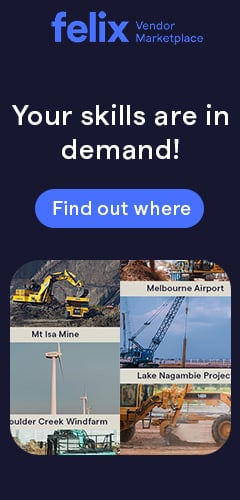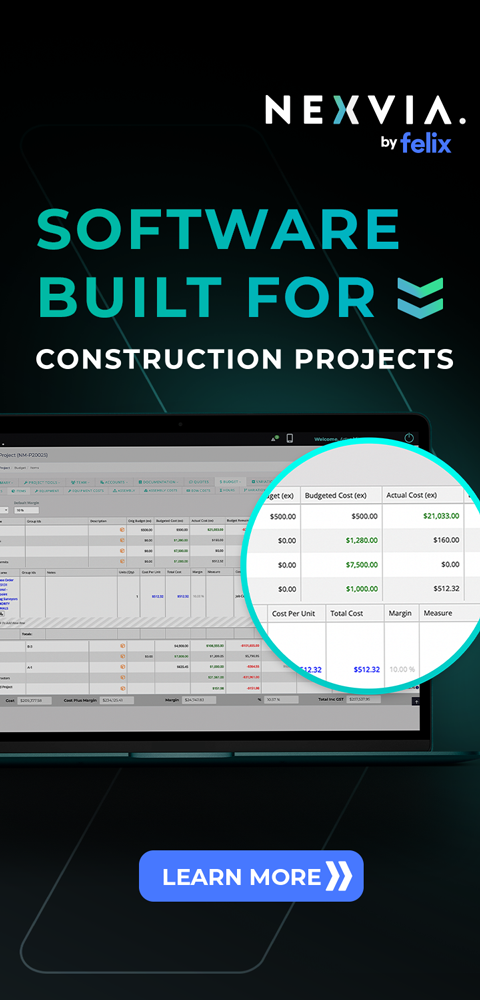It's a major coup for any construction firm to be able to report that they are X many hours or days lost-time injury (LTI) free. The number not only represents a significant accomplishment for the business, but also means that they have created a positive safety culture of absolute compliance which is no small feat. It requires a steadfast commitment starting with senior management and filters down from Project Managers, Superintendents and Engineers through to the entire workforce.
Imagine the vigilance and continual improvement across all aspects of the firm it takes to build this number each day. Now imagine this number being reset to zero on one of your projects because a non-compliant or irresponsible operator made their way onto site. And this is where dishonesty is crippling the construction and mining industry.
By no means am I suggesting that all workplace incidents, injuries or fatalities are the result of unethical operators. Accidents happen. But we work in an industry with a significantly higher rate of risk to our own, and because of this, there is a higher duty of care to safeguard all personnel on sites.
Compliance
When the purchase of an item of plant is being considered to undertake a task on site, it's an opportunity to avoid introducing occupational health and safety (OHS) risk into a workplace by careful selection of appropriately designed plant. There is an extremely heavy onus on plant managers and other site managers to make sure an incompetent operator or non-compliant machine slips through the cracks.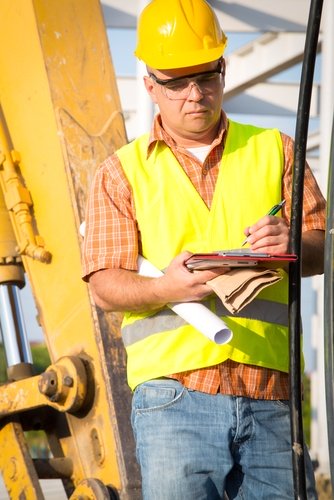 These include:
These include:
- Appropriate certificate of competency/national licence (if required);
- Other operator qualifications and training;
- Information from referees;
- Operator’s past experience; and
- An assessment of theoretical and practical knowledge.
As a supplier, if you falsify plant inspection reports, or site requirement contracts, you're choosing to purposefully put the reputation of your company on the line, impact your client's ability to meet their deadlines and budgets, make the plant manager personally liable, not to mention the risk of injury to personnel and damage to your fleet. This also applies to vouching for your mate's company.
Without a doubt, construction is a relationship based industry, but if you've promised that they're competent to deliver without thoroughly qualifying them in the first place, you're risking a valuable relationship with the contracting company that may have taken years to build.
Lost-Time Injury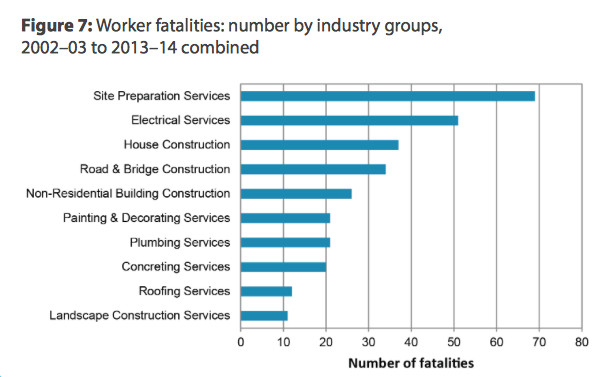
A lost-time injury is considered by Safe Work Australia 'as an occurrence that resulted in a fatality, permanent disability, or time lost from work of one-day/shift or more'.
It may or may not surprise you that the industry group classed as the highest number of deaths is services: its activities involve earthmoving work such as leveling of construction sites, excavation of foundations, trench digging or removal of overburden.
Within site preparation services, being hit by moving objects was the most common single mechanism causing death.
Effect on bidding strategies and tenders
It's well known how competitive tendering is, especially for major government funded projects. When there is very little to differentiate shortlisted bids, evaluating officers will consider the LTI track record of the bidding company, as tangible proof of their risk and safety management ability.
So if you or your employees have contributed to a reset LTI record through dishonest behaviour, and cost a Tier One contractor their next tender, they won't forget.
Why risk being blacklisted from any project site falling under that construction company's banner?
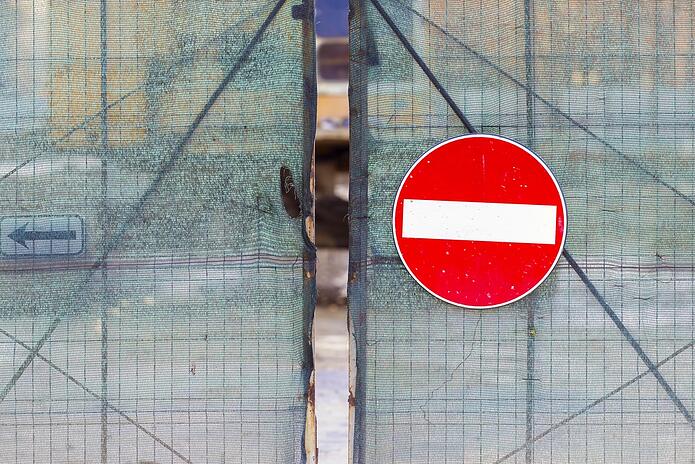
Steps to minimise the risk of LTIs from the top down as a supplier
A person who supplies plant for use at a workplace by way of hiring or leasing must ensure that:
-
the plant is inspected between periods of hire;
-
an assessment is done to determine whether the plant requires testing;
-
any testing determined by the assessment to be necessary is done and recorded and that the records are maintained for the operating life of the plant;
-
that the client is provided with all available, relevant safety and health information provided by the persons who designed or manufactured the plant, and any additional available information required to enable the plant to be used safely; and
-
that the relevant safety and health information supplied with the plant is in, or has been translated into, the English language before providing the information.
Steps to minimise the risk of LTIs from the top down as a contractor
In addition to legislative and company mandated duties, you should:
- visits project sites to personally understand how work crews are progressing
- keep safety top-of-mind through your tool-box talks or corporate meetings
- highlight safety milestones to all personnel on the project
- innovate and integrate new safety practices as core components of your company, not as an add-on
Mobile plant safety remains a top priority area for all involved in a project; the contractor, the subbie, the operator and especially Workplace Safety Australia. In a recent report about Western Australia, they found that on average there are around 880 lost time injuries involving mobile plant each year. As a result, mobile plant safety is one of the department’s priority areas. We've used their recommendations to create this free checklist to help you identify any shortcomings in your procedurs, or training and to correct or update them. Get started on meeting your safety and health responsibilities today!

 These include:
These include:


